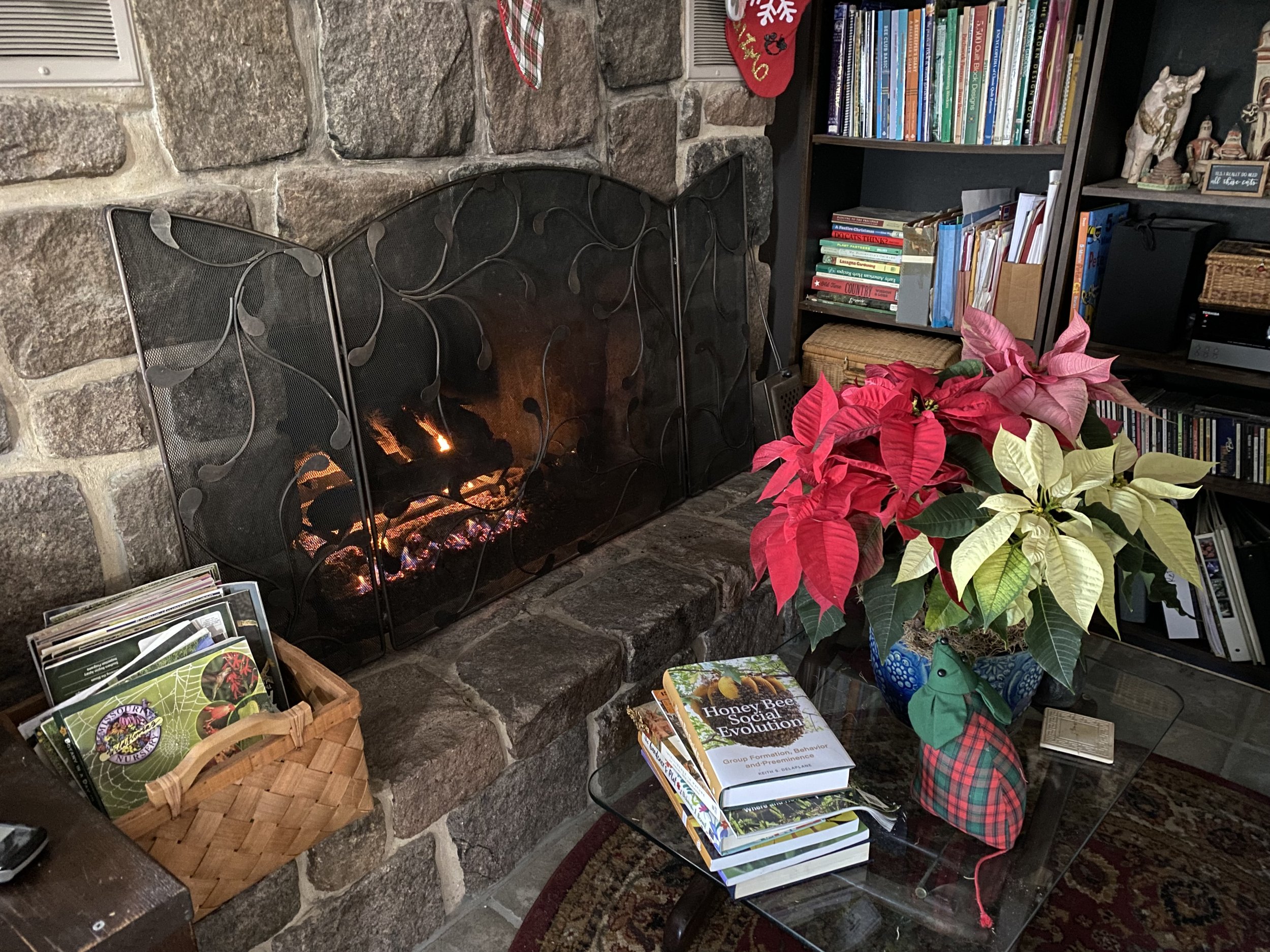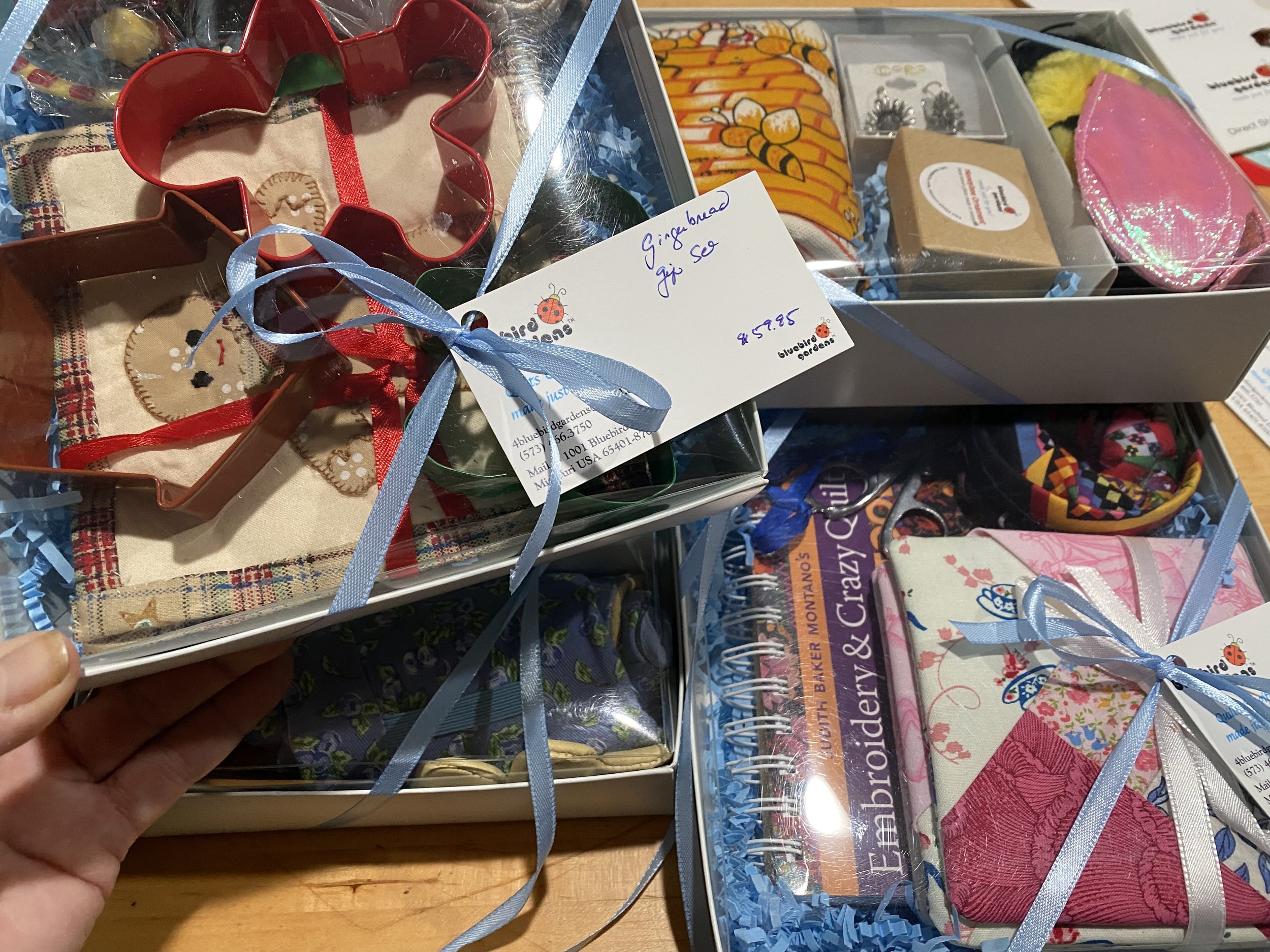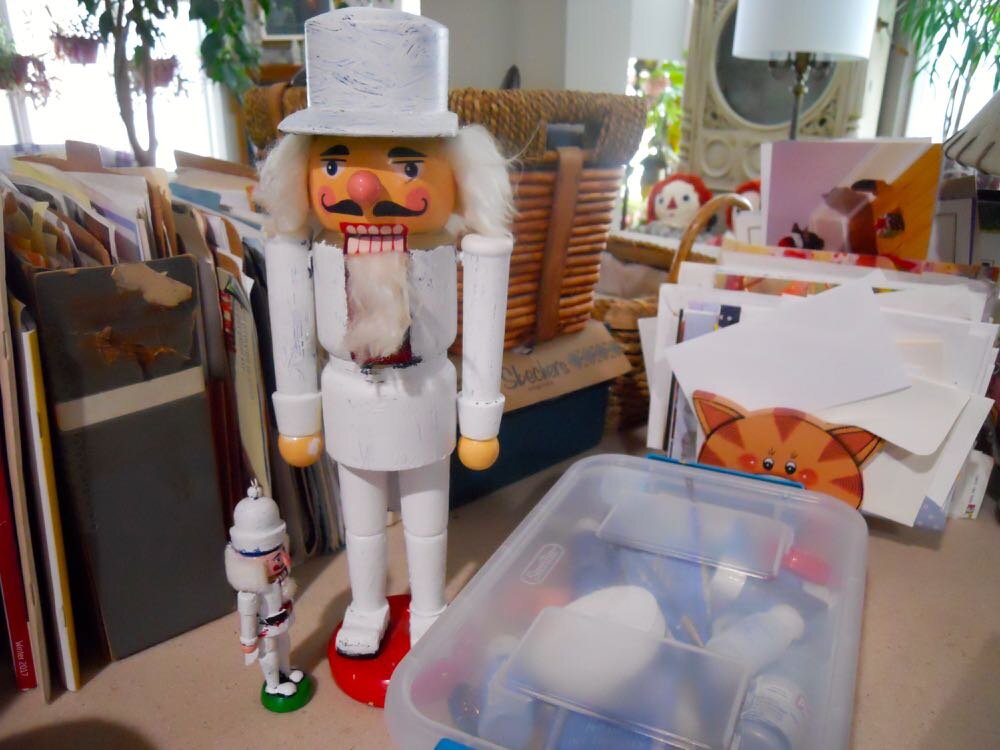Poinsettia Trivia
/poinsettias quickly add color to any room. some of mine retain their color for months. (charlotte ekker wiggins photo)
Poinsettia Trivia; Christmas Connection
Poinsettias (Euphorbia pulcherrima) are iconic plants associated with the holiday season, especially Christmas. I remember having them in our Mexico City garden. I was a lot smaller back then; the plants grew as trees, not the small plants we see today. Just in time for your holiday dinner, here are some interesting facts about these lovely tropical plants and how they connect to Christmas.
1. Origin in Mexico
Poinsettias are native to Mexico, where they are known as Nochebuena (Christmas Eve). They grow wild in the tropical and subtropical regions of Mexico and Central America, typically in mountainous areas. They are considered tropical plants and don't handle temperatures below 50F.
2. Named After Dr. Joel Poinsett
The plant was named after Dr. Joel Poinsett, the first U.S. ambassador to Mexico. In 1828, Poinsett first came across the plant during a trip to Mexico. He was so taken with its beauty that he sent some back to his home in South Carolina. He also cultivated the plant in his greenhouse.
3. Poinsett's Influence
In 1851, in honor of Dr. Poinsett’s contribution, U.S. Congress declared December 12 as National Poinsettia Day, the anniversary of his death. This day celebrates his introduction of the plant to the U.S.
5. The Legend of the Poinsettia
In Mexican culture, the poinsettia is closely associated with Christmas, especially as part of the tradition of Las Posadas, a reenactment of Mary and Joseph's search for shelter in Bethlehem. The red leaves are said to represent the blood of Christ.
A popular Mexican legend explains the origin of the poinsettia as a humble gift from a poor girl named Pepita. On Christmas Eve, she had no money to buy a gift for the baby Jesus, so she gathered weeds from the roadside. When she placed them at the altar, they miraculously transformed into vibrant red poinsettias.
According to tradition, the plant's red bracts represent the Star of Bethlehem, while its vibrant color reflects the joy and warmth of the Christmas season.
6. Expansion in the U.S.
After Dr. Poinsett introduced the plant to the U.S., cultivation of poinsettias spread across the country. By the early 20th century, their popularity grew, especially with advancements in cultivation techniques that allowed for mass production.
7. Poinsettias and US Christmas Traditions
In the U.S., poinsettias became associated with Christmas after their introduction in the 19th century. Their vivid colors, relatively easy care and abundance during the winter months made them ideal for holiday displays and decorations.
8. Botanical Characteristics
Though often mistaken for flowers, the colorful "petals" of the poinsettia are actually modified leaves called bracts. The true flowers are small and yellow, clustered in the center of the bracts.
Although red is the most popular color, poinsettias also come in shades of white, pink, peach, purple, and marbled variations. There are now more than 100 hybrids with different colors and patterns.
9. Not Poisonous to Pets
Though a common myth suggests that poinsettias are highly toxic to pets, they are only mildly toxic. If ingested, they can cause mild stomach upset or irritation to the mouth, but are not usually fatal
10. Symbolism
Poinsettias symbolize purity and hope in many cultures.
For more easy home decor, gardening, beekeeping and cooking tips, subscribe to Garden Notes my free weekly newsletter.
Charlotte











